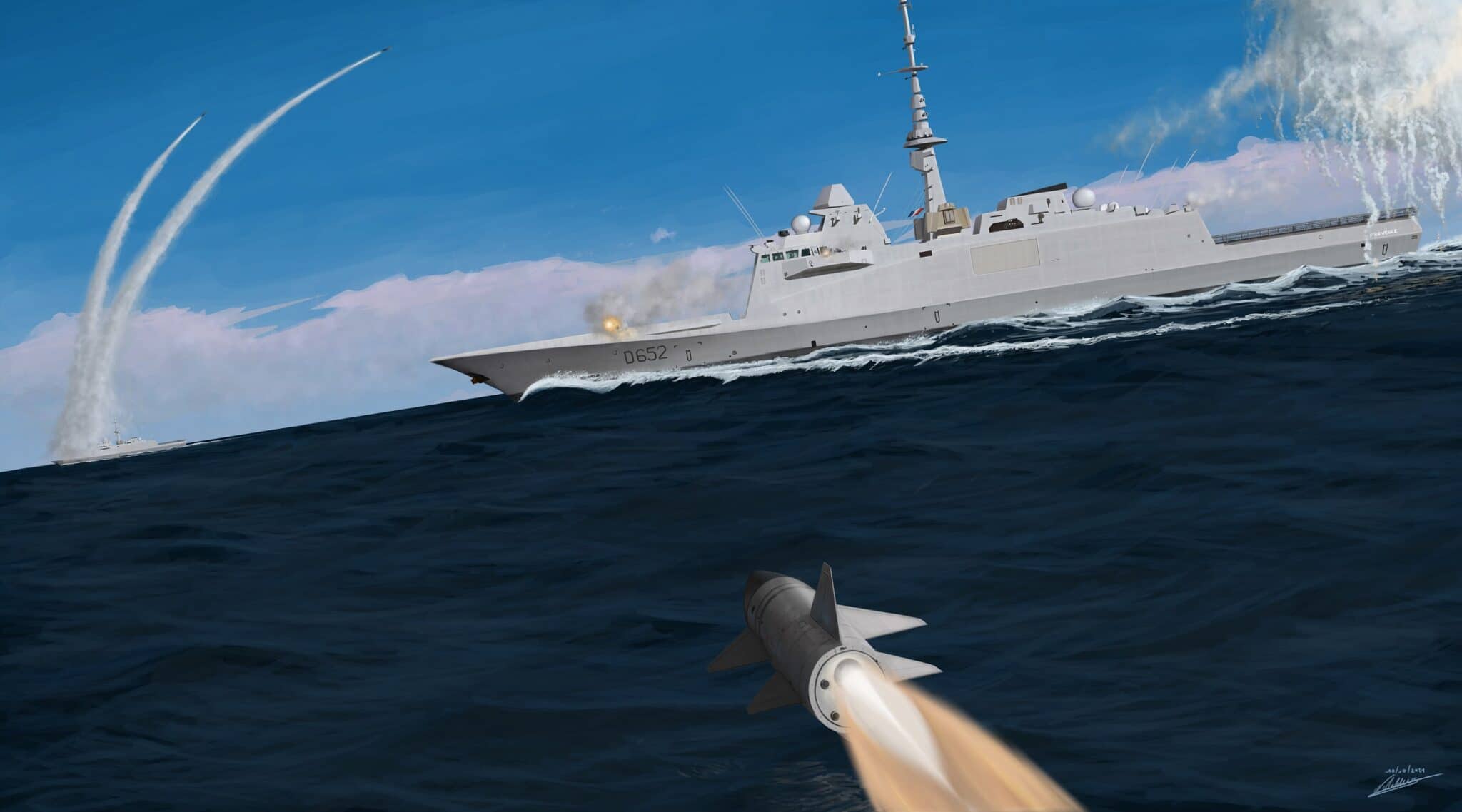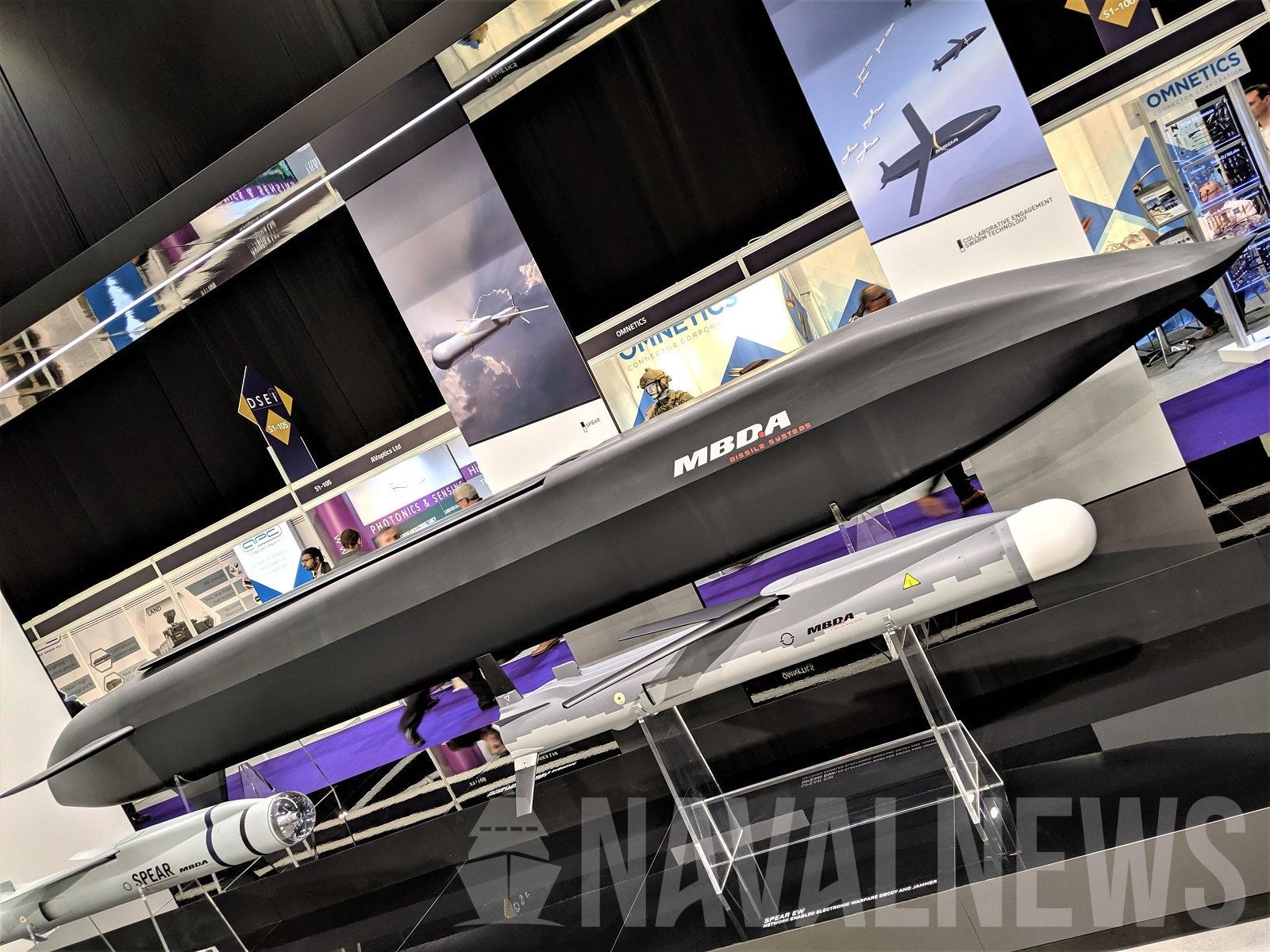On last year's Naval News article about POLARIS 21, I've been intrigued about certain assessments of the MN as a result of the exercise. One of which was as follows :

 www.navalnews.com
www.navalnews.com
Which got me very interested as this seemed to be completely opposite of what the other navies around the world have decided for. For instance DARPA have abandoned LRASM-B in favor of the -A earlier in the program. Even more recently the NGSC was envisioned as a LO subsonic stand-off munition(s). Norwegians went with a stealthy NSM which is a popular choice nowadays and the Japanese are developing two new long-range, stealthy anti-surface missiles despite the improved ASM-3 and the development of Hypersonic ASM/land-attack cruise missile dubbed the "Hypersonic Missile". Also according to the Swedish FOI I've seen elsewhere, they also seems to put heavier emphasis on low-observability than outright speed. On this regard, the French assessment seems to be more akin to the Russian approach to the ASM than the Western one.
I wonder which threat assessment and simulated scenario the MN and DGA used that have led to such conclusions they came up with. Maybe some French members (@Archibald @Deltafan and others) of the forum have some background information behind such assessment? More than anything, it is true that, given both the subsonic and supersonic munitions sea skim at a very low altitude these days and that the fleet defence ships are equipped with very long range, precise and high rate of scan radars, by the time an ASM reaches the radar horizon of an air defence ship (usually ~40km), it is almost a given that the air-defence ship will be able to detect it. Though, obviously there's a whole different picture to be considered when NCW capabilities and airborne surveillance and fire control comes into picture. I suspect that the MN and DGA didn't anticipate a hostile threat with OTH detection and fire control capability like the E-2 and CEC. Apart from that, I think the French are quite assured that a naval integrated surveillance and fire-control capabilities could deter any sub-sonic LO threats since they are developing and implementing VCN already.
On the other hand, the following article makes it seems like such arguments might be stemming from program work-share concerns. Well it's a question of if the chicken comes first or an egg, as in if such French assessment stems from the work-share problem or the work-share problem stems from different assessments. I wasn't able to find an answer on that matter as well.

 www.navalnews.com
www.navalnews.com
“The cooperation with the British has so far been hampered by divergent military-technical analyses and industrial interests. Simulations carried out by the Navy and the DGA in the field of anti-surface warfare show that stealth, so much vaunted by the British, cannot by itself make a real difference in naval combat. The stealthy anti-ship missile is indeed detectable as soon as it passes the horizon, even low over the water. High speed and maneuverability, on the other hand, are far more credible factors for operational superiority and lethality.”

Feedback on French Navy High Intensity Exercise POLARIS - Naval News
Review of the French Navy (Marine Nationale)'s feedback on the high-intensity exercise 'POLARIS' conducted from November 18 to December 3, 2021.
Which got me very interested as this seemed to be completely opposite of what the other navies around the world have decided for. For instance DARPA have abandoned LRASM-B in favor of the -A earlier in the program. Even more recently the NGSC was envisioned as a LO subsonic stand-off munition(s). Norwegians went with a stealthy NSM which is a popular choice nowadays and the Japanese are developing two new long-range, stealthy anti-surface missiles despite the improved ASM-3 and the development of Hypersonic ASM/land-attack cruise missile dubbed the "Hypersonic Missile". Also according to the Swedish FOI I've seen elsewhere, they also seems to put heavier emphasis on low-observability than outright speed. On this regard, the French assessment seems to be more akin to the Russian approach to the ASM than the Western one.
I wonder which threat assessment and simulated scenario the MN and DGA used that have led to such conclusions they came up with. Maybe some French members (@Archibald @Deltafan and others) of the forum have some background information behind such assessment? More than anything, it is true that, given both the subsonic and supersonic munitions sea skim at a very low altitude these days and that the fleet defence ships are equipped with very long range, precise and high rate of scan radars, by the time an ASM reaches the radar horizon of an air defence ship (usually ~40km), it is almost a given that the air-defence ship will be able to detect it. Though, obviously there's a whole different picture to be considered when NCW capabilities and airborne surveillance and fire control comes into picture. I suspect that the MN and DGA didn't anticipate a hostile threat with OTH detection and fire control capability like the E-2 and CEC. Apart from that, I think the French are quite assured that a naval integrated surveillance and fire-control capabilities could deter any sub-sonic LO threats since they are developing and implementing VCN already.
On the other hand, the following article makes it seems like such arguments might be stemming from program work-share concerns. Well it's a question of if the chicken comes first or an egg, as in if such French assessment stems from the work-share problem or the work-share problem stems from different assessments. I wasn't able to find an answer on that matter as well.
This decision is regarding a new propulsion solution for a “subsonic, low observable missile” which is said to be the favored option of the Royal Navy. The French Navy is said to be in favor of a ramjet-powered, supersonic anti-ship missile with “high penetration capacity”. According to our information, MBDA along with UK’s DE&S and France’s DGA are still working on both missile concepts (subsonic and supersonic). A source with knowledge of the matter told Naval News that the FC/ASW program is currently in a 36 months-long assessment phase. The program is set to reach a so-called “decision point” next summer (2023). In all likelihood, MBDA and both the UK and France will continue to develop and eventually produce both type of missiles because they are complementary. The subsonic missile will feature a majority of British content but its propulsion will be Franco-British. Likewise the supersonic missile will be French for the most part but will feature some British content, especially in its seeker.

Rolls-Royce and Safran Team Up for FC/ASW Next Gen Missile - Naval News
Rolls-Royce and Safran Power Units have jointly signed an Assessment Phase contract with MBDA, as part of the Franco-British Future Cruise / Anti-Ship Weapon (FC/ASW) programme.
Last edited:
